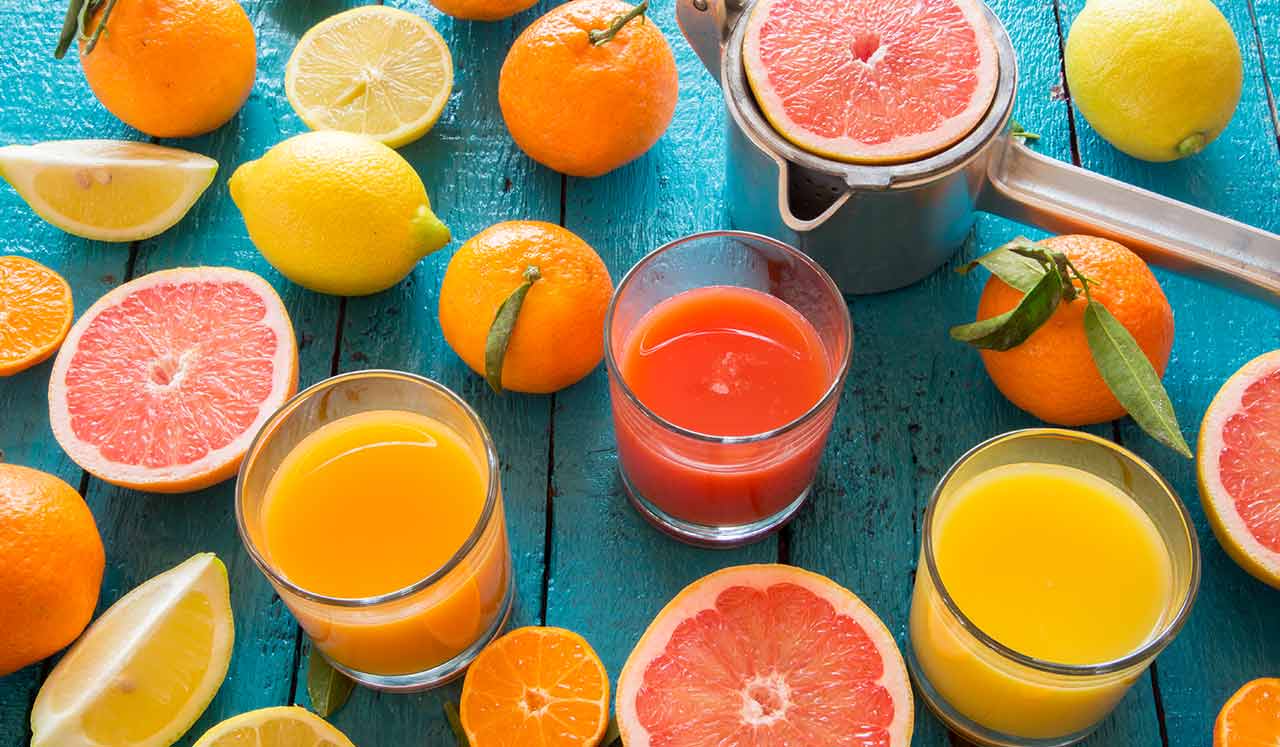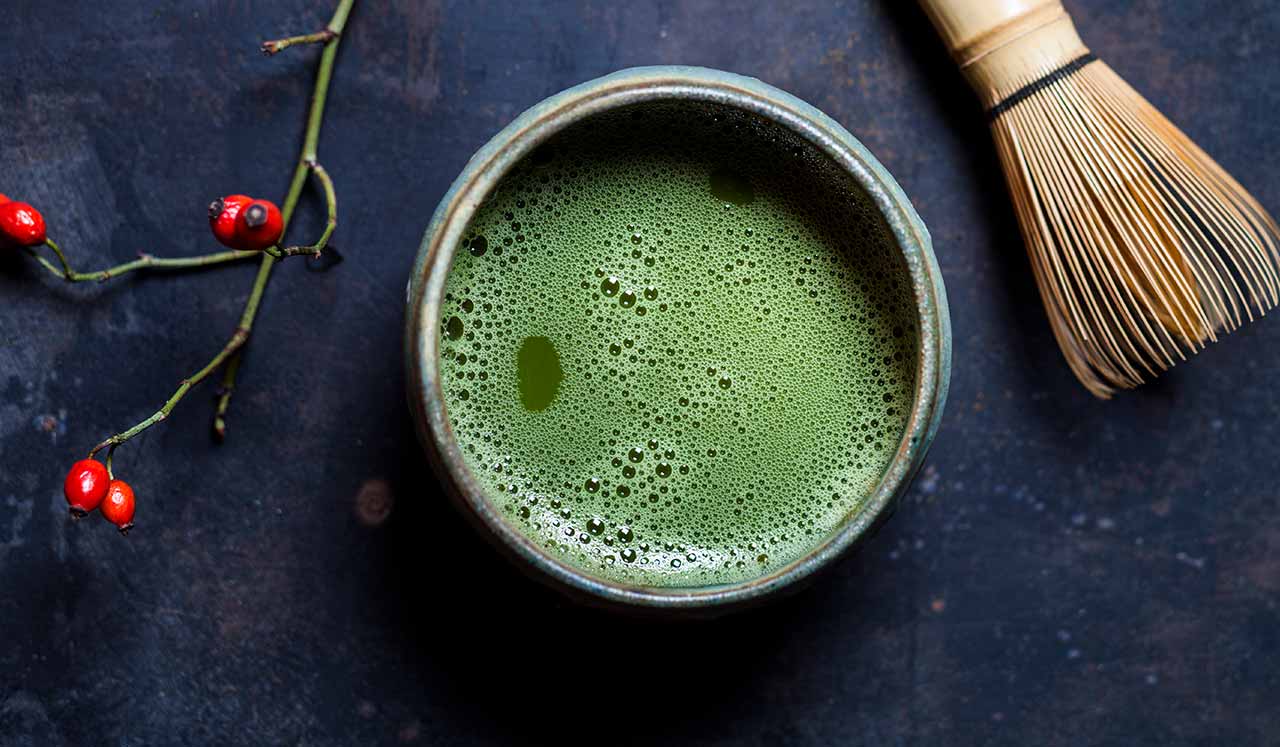It’s easy, it’s fashionable.
But is juicing really healthy? Here’s the hope, hype and truth of the diet du jour, according to Christina Curry King, MS, RD, LD, sports dietitian at Memorial Hermann | Rockets Sports Medicine Institute – Sugar Land.
The Hope
Juicing extracts the liquid within fresh fruits or vegetables. Most vitamins, minerals and phytonutrients – all good for you – are retained. So are potentials to fight the risk of cancer. How does juice stand up to whole fruits and vegetables?
It’s wobblier than Jell-O, Curry says. Claims that the body drinks up nutrients more efficiently and needs a break from fiber are false. Also fiction: that juice boosts immunity, fights cancer, aids digestion and “detoxes” the body more than whole foods. “There’s no legitimate science backing these assertions,” says Curry. “And no food will cleanse you. The body has its own detoxification system – the liver - and it doesn’t need any help.” Will pounds melt off if you juice? Sorry, wrong, again. If anything, fruit juice spikes blood sugar, leading to energy crashes – and thus cravings for caloric stamina boosters (AKA candy).
The sole reason to choose juice over whole fruit and vegetables is if it’s the only way you’ll consume any of these nutritional workhorses. (Three of four people do not, reports the U.S. Department of Agriculture.) Ideally, you should consume five to nine servings of veggies and fruit daily – more veggies than the higher-calorie fruit, especially if you aim to drop pounds. Five to nine sounds HUGE.
But two medium carrots or three 5-inch broccoli spears count as single servings, while a large apple or 16 strawberries count as two.
Overall, 2 cups of leafy greens or 1 cup of juice, or raw or cooked vegetables count as a serving. Strive for a rainbow on your plate, since purples, oranges, reds and greens may offer different health-enriching, cancer-thwarting phytochemicals. You’re also better off using a blender at home. Remove rinds and seeds - and make sure you consume the pulp, not just the liquid.
The Hype
Forsaking fiber does your health a disservice. Fiber aids digestion, lowers risk of stroke and heart disease and steadies blood sugar. “Fiber makes you fill up faster and stay full longer,” Curry says. How much do you need? Under age 50, women should consume 25 grams and men 38 grams daily. At age 51, women should eat 21 grams and men 30 grams. A medium apple contains 4.4 grams of fiber, a pear 5.5 grams, a cup of broccoli 5.1 grams and a medium-sized artichoke 10.3 grams.
The Truth
While fiber cleans out your pipes, so to speak, trendy juices only clean out your wallet. “They tend to be more expensive than actual fruit or vegetables,” Curry says. “An occasional juice can be part of a healthy meal, but not the entire meal.” Juicing should be off the table for diabetics: They need to keep their blood sugars steady, whereas blood sugars spike and then plummet with juice – unless accompanied by other foods rich in fiber and nutrients. For all of us, a potential side effect of juicing is gaining – not losing – weight, Curry says. Fruit juice is rich in sugar and goes down smoothly – too smoothly. “While you might lose water weight in the first few days, it’ll return as soon as you eat solids,” she says. “You’ll likely consume more calories despite feeling less satisfied.”
Source
Christina Curry King, MS, RD, LD
Sports Dietitian
Memorial Hermann | Rockets Sports Medicine Institute – Sugar Land
https://www.choosemyplate.gov/eathealthy/vegetables
https://www.choosemyplate.gov/eathealthy/fruits


